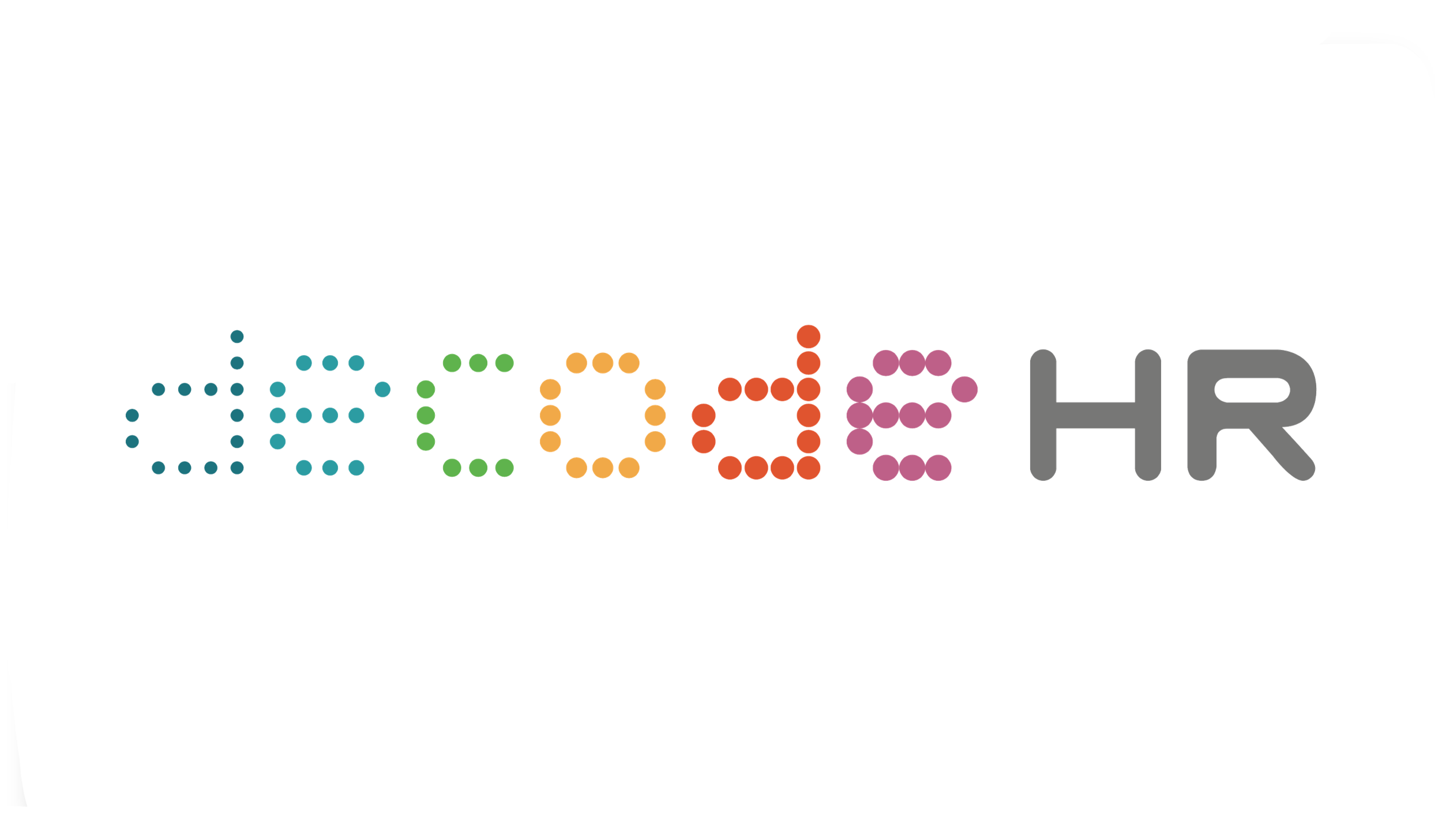Making Check-Ins a Regular Feature of High Performing Teams
Reading time: 7 mins
Hands up…who enjoys the traditional annual appraisal? Is it still valuable in today’s world or work? Only a tiny percentage of HR leaders feel performance reviews are effective, and many progressive companies are now replacing annual appraisals with real-time feedback and check-ins - a respectful meeting, where each party evaluates how they are performing in a way that suits people. There’s one question that I get asked repeatedly about check-ins.…..
So do I just start using check-ins or do I need to do something first? We need to start off with a reminder that check-ins are a way of recording a discussion between a manager and employee that forms part of a transparent discussion regarding the employee’s goals, achievements, career progression, providing/seeking support, celebrating success and development needs.
Check-ins can be scheduled by the employee or the manager, and during the course of the year, both employee and manager should arrange check-ins. This is a collaborative approach and is not dictated by either party. There will be some occasions where employees have contributed to other projects where the manager is not aware of their direct contribution and may need to include other attendees in the discussion. This supports cross team working so that an employee’s efforts can be fully recognised even where their direct manager is not the lead nor do they have expert knowledge.
Check-ins should be used throughout the year to encourage, communicate, deliver feedback and prompt further discussions. This may require an immediate check-in if a project has progressed particularly well or there are lessons learned for future projects. Feedback is two-way and should allow for the employee to give feedback to their manager. Feedback helps reinforce the tasks, discover what employees can do better and help track progress. Expectations can be set by the manager and the employee can understand how they are progressing towards their goals. At a check-in, both employee and manager can check that all expectations are aligned against the business need and realign if necessary.
As a tool to support development, check-ins can be used to record the feedback from Conferences, Courses or Networking. This enables ‘on time’ reviews to take place and plans to be developed for further development. As check-ins are available through the cloud, they can be conducted for remote staff either during the conversation or as an immediate follow up. The discussion may take place through video conferencing and supported in parallel by an online check-in discussion to record the key points.
There are no limits to the amount of check-ins a manager and employee can have during the year. All of this is made stronger if the culture of the organization is aligned to the use of check- ins. Let’s look at the thought that ‘Culture is the way we do things around here’. Ask yourself the following:
How flat/hierarchical is your structure?
How easy is it to communicate with leaders?
What geographical challenges do you have and does technology help to mitigate?
Are employee’s listened to? And acted upon?
What’s your history? Are you a family owned company, been around for over 100 years, are you a unicorn organisation, were you formed through M&A or are you a start-up?
Are there stories and myths told within the company that define behaviours?
Do leaders have separate parts of the restaurant?
And so on….
Work has changed and there’s no going back. People expect to be able to do things 24/7. And this is reinforced by the availability of mobile phones across the globe. To maximise your use of check-ins and move away from the Performance Appraisal, you need a cultural shift.
Every organization, regardless of size or sector operates in a rapidly changing environment and should constantly be scanning the environment to identify their future challenges/opportunities. This means that setting 4 or 5 objectives for everyone in the Business Plan at the start of the year and then measuring those 11 months later is not sustainable. Objectives should be constantly reviewed by manager and employee to ensure they remain valid in an uncertain world. If the business has changed, set new objectives and end old ones. If the employee has achieved the objectives, set new ones and celebrate their early success. The good news is that check-ins also support this change!
Check-ins require a culture that is based on openness, trust and two-way communication. No longer does the Manager or HR control the check-in. It’s a shared ownership between the employee, their manager and, by a very loose thread, the organisation.
Remote working and check-ins
As the world moves towards a new mixture of remote and office working, hybrid organizations will need to find a new level as they adjust to their new environment. Any change involves exploration, re-planning and fine-tuning until a new balance is achieved. This approach is also seen with the manager/employee relationship.
Check-ins for hybrid organizations could see remote employees and office-based managers and it is the resilience and self-awareness of the manager that is key to the success of this working relationship. A manager should remind themselves of why their employees are remote working, understand the productivity benefits this brings and the expanded talent pool that is available to a manager by using remote working for their employees.
When holding check-ins, a manager should be conscious that the internal networks they take for granted, may be more difficult for the remote employee to build and access. Managers have the ability to act as a ‘connector’ for their remote workers. Additionally, remote workers will offer the manager opportunities that may not have been possible with traditional, 9-5 employees.
For example, remote workers may be in a different time zones and better located to take on calls/meetings after the working day of their manager. This extends the capability of the overall team and should be discussed within a check-in to ensure employees are prepared and informed to fully represent the team at these meetings. It is also a growth opportunity that should be discussed at check-ins, as remote workers may be afforded additional responsibility than their office-based peers.
Then we get to leaders:
The way of really making check-ins stick is by providing leadership and role modelling the behaviour described above. When you roll-out check-ins, you will see a clear distinction between the departments with strong leaders who have role-modelled the behaviours and those who haven’t. Take the opportunity to shine a spotlight on these people and calculate the ‘so-what’ factors for everyone else.
Along the journey you should also consider a training needs analysis to support managers. Are they skilled in communications, objective setting, mentoring and coaching? There are many other skills that may arise as every organisation will have different approaches. But the one that should be common is objective setting/review. Objectives sit alongside check-ins and both managers and employees should know what a good objective looks like. This will be the basis for the performance discussions and provide support that is required to deliver these objectives.
By now, you have probably realised that there is some work to do before embarking on the implementation of check-ins. To finish with, I wanted to provide a quote from Dave Ulrich’s book, Victory through Organisations (2017) from a chapter where he discusses check-ins:
“The foundational assumption is that feedback is not a leader’s side-responsibility; it is the leader’s primary work”
If you get this right, you will rapidly accelerate the growth of high performing teams.
Andy Davies
Andy Davies is the VP of People First, APAC, splitting his time between the UK and Singapore. He is responsible and accountable for all People First revenue generating activities and shaping the partner network and community across the APAC region. This includes meeting new influencers within the region and the identification of new strategic partnerships that will enhance the People First ecosystem. Andy holds an MSc in Human Resource Management, an MBA and is a Chartered Member of the CIPD. He is a HR leader, Consultant and writer who, over the years has operated in senior management roles across several sectors, including, private sector, higher education, defence, civil service and local government. He is the podcast host of ‘Leadership, the future and tea’, writes regularly for online publications and is a frequent contributor to articles in the HR press. His expertise include designing successful strategies and systems for recruitment, reward, management development and performance management.
[Article migrated from dcHR.tech]






